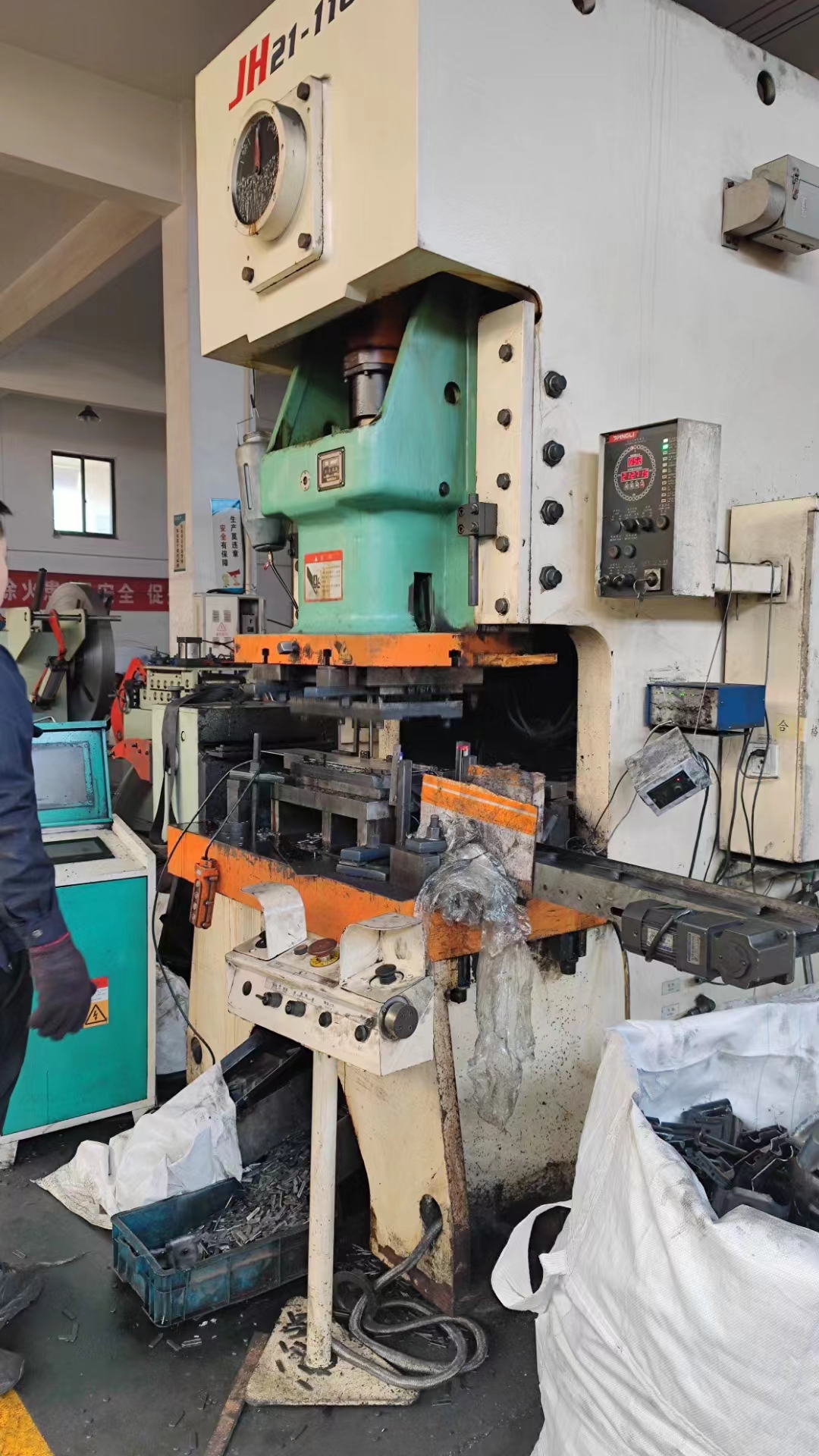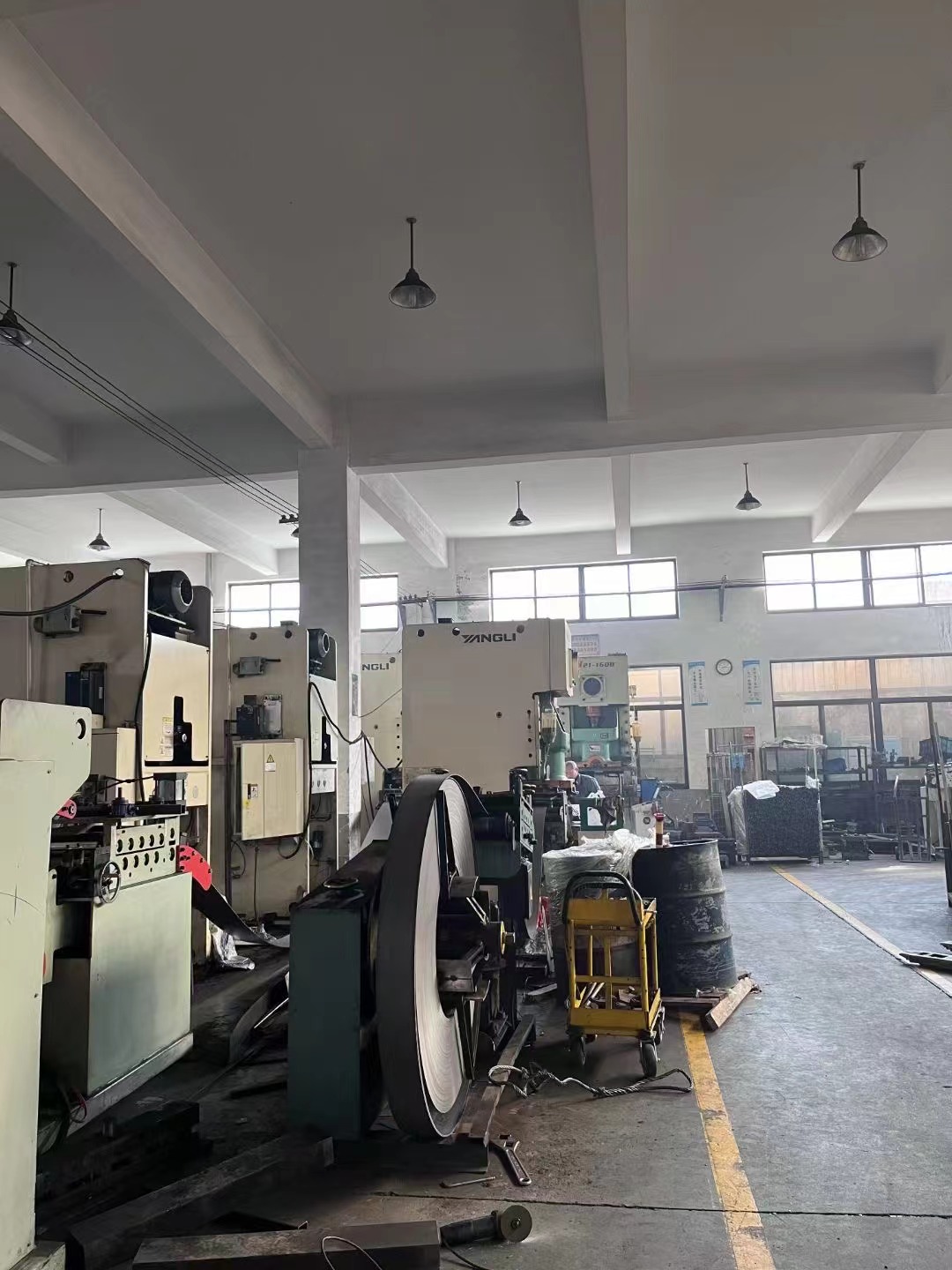What is Cantilever arms?
2024-08-12
Cantilever arms are structural components widely used in various fields, including construction, manufacturing, and cable management, due to their versatility and efficiency. These arms are characterized by their ability to extend horizontally from a vertical support without additional bracing beneath them. This design feature is particularly beneficial in applications where unobstructed access and flexible positioning are required.Structure and DesignThe fundamental principle behind cantilever arms is their support mechanism. A cantilever arm is fixed at one end, allowing the other end to extend outward, supported by the strength of the material and the design of the attachment point. This arrangement creates a projecting beam or arm that can support various loads or objects. The design of cantilever arms typically includes a horizontal or nearly horizontal member, which is anchored securely to a vertical structure or wall.
Cantilever arms are made from various materials, including steel, aluminum, and reinforced composites, depending on the application and the load requirements. The choice of material affects the arm's strength, flexibility, and durability.ApplicationsConstruction and Architecture
In construction and architecture, cantilever arms are used to create overhangs, balconies, and extensions without the need for vertical supports at the outer ends. This design enables the creation of open spaces and aesthetically pleasing structures. For example, a cantilevered balcony extends outward from a building, providing outdoor space without support columns that could obstruct views or access.Manufacturing and Warehousing
In manufacturing and warehousing, cantilever arms are employed in shelving and racking systems. Cantilever racks are designed to store long or irregularly shaped items like lumber, pipes, and tubing. The arms extend from a vertical column, allowing items to be stored horizontally. This design maximizes storage space and accessibility, making it easier to organize and retrieve materials.Cable Management
In data centers and telecommunications, cantilever arms play a crucial role in cable management. They are used to mount and route cables neatly along server racks and other equipment. Cantilever arms in this context help in organizing cables, preventing tangling, and ensuring proper airflow around the equipment. This setup not only improves the aesthetics of the cable layout but also facilitates easier maintenance and upgrades by providing clear access to the cables.Utility and Industrial Applications
Cantilever arms are also used in various utility and industrial applications, such as supporting antennas, lighting fixtures, and control panels. In these settings, the arms extend from a fixed point to hold equipment in place while allowing for adjustments and positioning without obstructing the surrounding area.AdvantagesFlexibility and Adjustability
Cantilever arms offer significant flexibility and adjustability. They can be extended or retracted based on the requirements of the application. This feature is particularly useful in environments where equipment or storage needs may change over time.Space Efficiency
By extending horizontally from a vertical support, cantilever arms eliminate the need for additional supports or bracing beneath them. This design maximizes the use of available space, which is especially advantageous in areas where floor space is limited.Unobstructed Access
The absence of supports beneath the cantilevered arm allows for unobstructed access. This is crucial in applications like cable management, where easy access to cables and equipment is necessary for maintenance and troubleshooting.Aesthetic Appeal
Cantilever arms contribute to a cleaner and more streamlined appearance. In architectural and design applications, the absence of visible supports underneath can create a more open and visually appealing space.ConsiderationsWhile cantilever arms offer numerous benefits, there are considerations to keep in mind:Load Capacity
The load capacity of a cantilever arm is determined by its material, design, and attachment point. It is essential to ensure that the arm is properly engineered to support the intended load without compromising safety or stability.Material Durability
The durability of the material used in cantilever arms is crucial for long-term performance. Materials must be selected based on the environmental conditions and the specific demands of the application.Installation and Maintenance
Proper installation and maintenance are key to ensuring the effectiveness and longevity of cantilever arms. Regular inspections and adjustments may be necessary to address any issues that arise over time.ConclusionCantilever arms are versatile and essential components in various fields, offering significant advantages in terms of flexibility, space efficiency, and unobstructed access. Whether used in construction, manufacturing, cable management, or industrial applications, their ability to extend horizontally from a vertical support without additional bracing makes them invaluable for optimizing space and functionality. Understanding their design, applications, and considerations ensures that cantilever arms are used effectively to meet the needs of diverse projects and environments.






